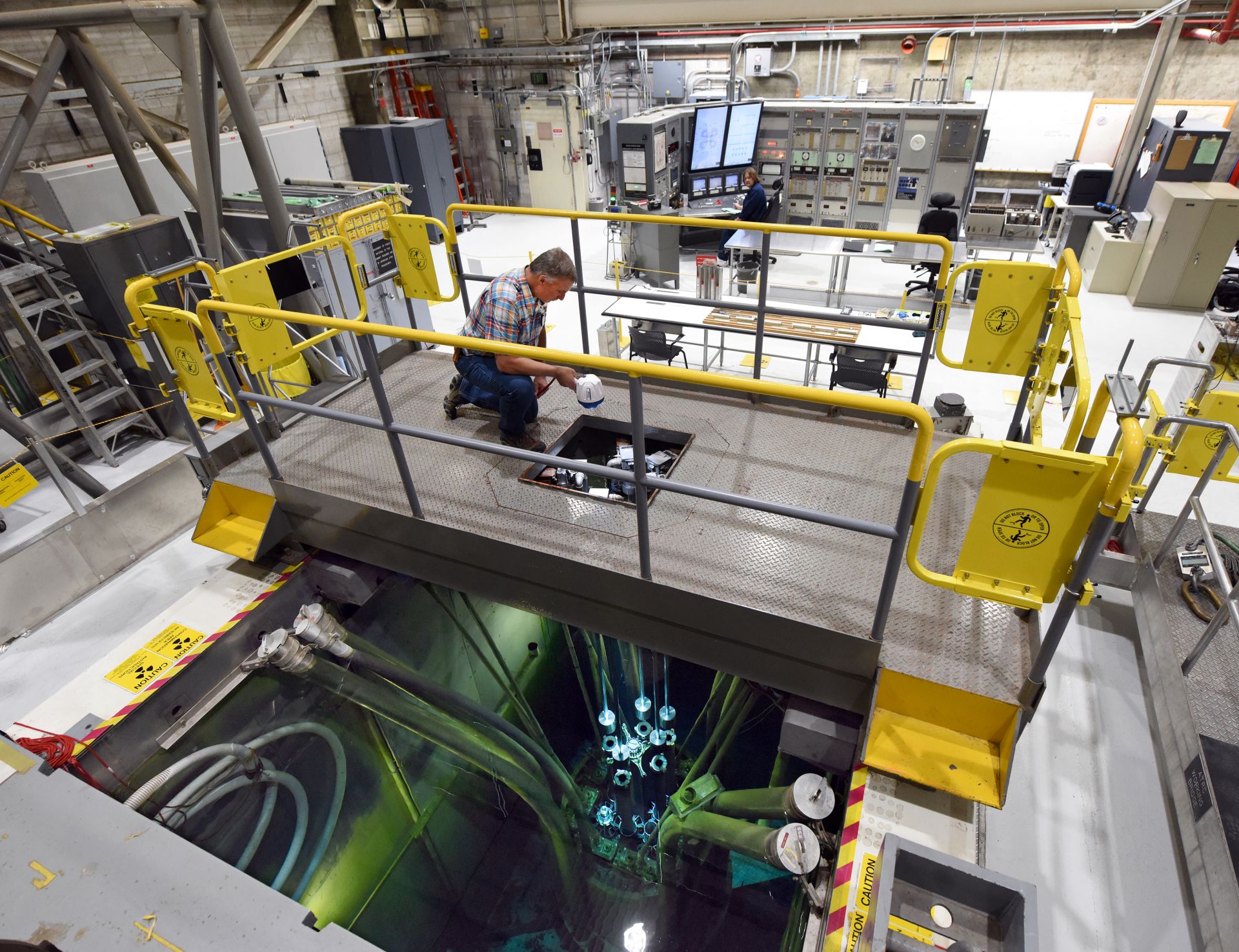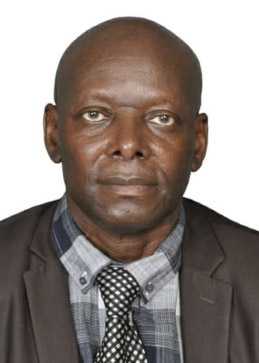NEI to help regenerate Romania’s nuclear sector

Chirica
The Nuclear Energy Institute and the Romanian Atomic Forum (Romatom) have signed a memorandum of understanding for cooperation in civil applications of nuclear energy, according to Romatom on October 14.
The MOU was signed less than a week after the United States and Romania initialed a draft intergovernmental agreement for cooperation on the construction of two additional reactors at Romania’s Cernavoda nuclear power plant and the refurbishment of Unit 1. Cernavoda currently houses two operating reactors—Units 1 and 2, twin 650-MWe CANDU-6 pressurized heavy-water reactors.
Maria Korsnick, NEI’s president and chief executive officer, and Teodor Chirica, Romatom’s honorary president, signed the MOU during a webinar on investment opportunities and the capabilities of the U.S. and Romanian nuclear industries. Also in attendance were Tommy Joyce, the U.S. Department of Energy’s deputy assistant secretary for global energy security and multilateral engagement, and Dan Dragan, secretary of state in the Romanian Ministry of Energy, Economy, and Business Environment.






 The Nuclear Regulatory Commission last week announced the publication of the 2020–2021 Information Digest, which describes the agency's mission, responsibilities, accomplishments, and activities and provides general information on nuclear-related topics. The digest is published annually and, beginning this year, will be available electronically only on the NRC’s website.
The Nuclear Regulatory Commission last week announced the publication of the 2020–2021 Information Digest, which describes the agency's mission, responsibilities, accomplishments, and activities and provides general information on nuclear-related topics. The digest is published annually and, beginning this year, will be available electronically only on the NRC’s website.


 Communities that host nuclear power plants face “swift and severe” economic and social impacts following a plant’s closure, according to a report by the Nuclear Decommissioning Collaborative that was released on October 12. The free, 61-page report,
Communities that host nuclear power plants face “swift and severe” economic and social impacts following a plant’s closure, according to a report by the Nuclear Decommissioning Collaborative that was released on October 12. The free, 61-page report,




